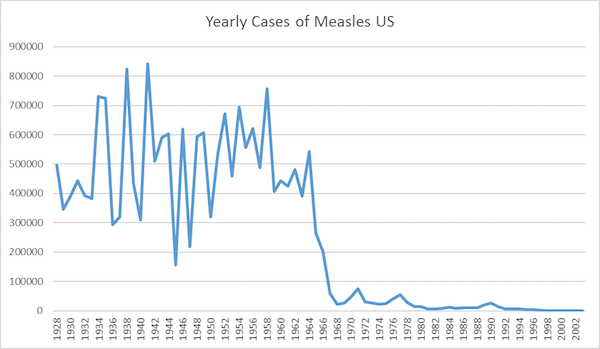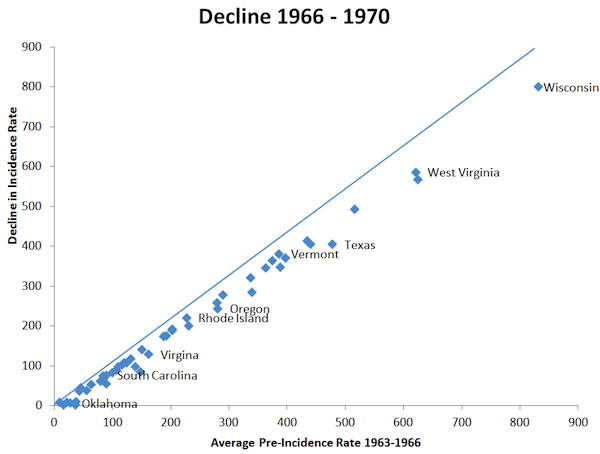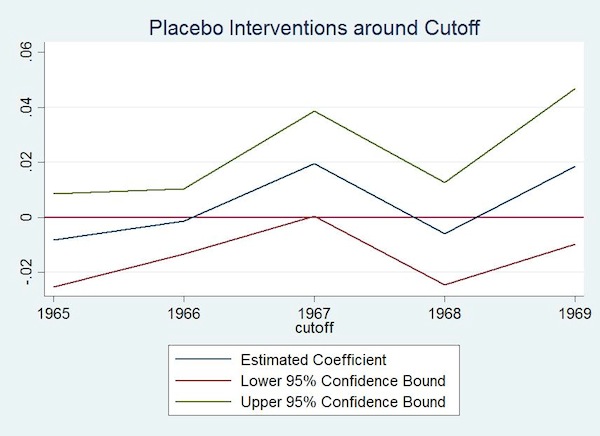Editor’s note: This post is part of a series showcasing Barcelona GSE master projects by students in the Class of 2016. The project is a required component of every master program.
Authors:
Philipp Barteska, Sonja Dobkowitz, Maarit Olkkola, Michael Rieser, Pengfei Zhao
Master’s Program:
Economics
Abstract:
Measles is currently one of the leading causes of death for young children worldwide. We analyze the impact of measles prevention on later-life human capital outcomes by taking advantage of a measles eradication campaign implemented in 1967 in the United States. We provide evidence with a difference-in-differences design from the 2000 US census micro-sample for the following statistically significant results: the campaign increased completed years of schooling by two weeks, the probability of completing high school by 0.32 per cent and decreased the probability of being unemployed by 4.26 per cent. Due to the exogenous timing of the eradication campaign, we argue that these results can be interpreted causally. To the best of our knowledge our paper is the first one to document adult human capital impacts of early-life measles exposure using a natural experiment.

Empirical strategy:
The 1967 measles eradication campaign led to an unprecedented drop in reported measles exposure in the US, as depicted in figure 1.
Our empirical strategy uses the fact that there is variation in measles exposure between states prior to the eradication campaign: the decrease in incidence is highest in those states with the highest incidence rates, as depicted in the first stage relationship in figure 2. This allows for a difference-in-differences design, exploring whether the states that had higher prior exposure to the disease gained more in human capital outcomes than the states with less exposure, controlling for pre-existing state-level linear time trends and state fixed-effects among other controls.

We also perform placebo interventions to test the robustness of our results. As depicted in figure 3, the only positive and statistically significant impacts are found for 1967, the actual intervention year. This lends more support to the causal interpretation of our results.

Conclusion:
In this paper we show suggestive evidence that exposure to a previously common childhood disease can have negative impacts on educational attainment in adulthood, although the effect sizes are not large. This finding strengthens the literature on the early-life origins of human capital.
Our results are for the most part relevant for developing countries, many of which have not yet achieved the vaccination levels required for herd immunity.
Data sources:
IPUMS-USA, University of Minnesota, www.ipums.org.
Project Tycho, University of Pittsburgh, www.tycho.pitt.edu
